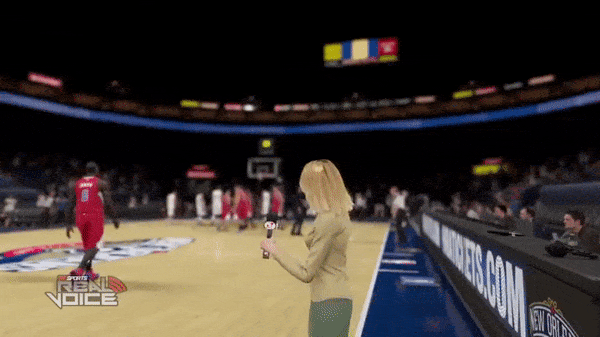
The original capture contained just two saucers, had a disruptive jump during looping, and weighed in at more than four times the final file size. The segment from Astro Monster has that special spice. Not every clip will allow for this, but with a little planning during the capture selection phase, it’s amazing how seamless the finished product can turn out without resorting to more advanced tricks like dissolve loops or auto-looping software. The best way to finish an animated GIF is to try looping it, or at least creating as smooth a transition as possible between the last and first frames. Don’t forget, you can always use a slightly lower frame rate if you can’t meet your file size, clip length, and image quality goals. The descending save-menu options are roughly in order of the file sizes they produce and number of supported colors, down to monochrome for stick-figure style cartoons and similar. By default, GifCam uses an optimized setting called Quantize that produces good results by auto-selecting the best palette, but leans toward quality rather than small file size. While some clips are poor candidates for this, others (such as animated or text-heavy clips) barely suffer at all. Clever edits can reduce file sizes drastically while simultaneously improving image quality.Īnother way to reduce file size is by reducing colors to 256 or less. Right-clicking on any frame in the edit window brings up frame deletion options, including the handy “Delete From This Frame to Start” and “Delete From This Frame To End” options that make short work of messy clips. The editor screen for GifCam hides most of its functions in a right-click menu. You can crop the image to put the preferred subject in the center of the capture, and make sure any remaining frames from previous or subsequent scenes are trimmed out. When that’s done you’re technically ready to save and share your new GIF creation, but you can also pop into GifCam's built-in editor and perform a few basic clean-up operations on your clip. Record the clip and save immediately, checking it in the browser of your choice to make sure everything is working properly. Forget the 60 fps preferred in gaming: 10 fps is usually plenty for snipping GIFs. This is also the time to select a framerate high framerates produce smoother motion but larger files, while low FPS captures are smaller and choppy. It’s easier to trim those extra frames than to recapture video because you missed them. If timing is troublesome, start a little early and end a few frames late.

Preview the clip and note the optimal start/stop times for your GIF.

For quick clips, it’s better to do this now rather than in post. VLC has a ton of options for tweaking video.


 0 kommentar(er)
0 kommentar(er)
